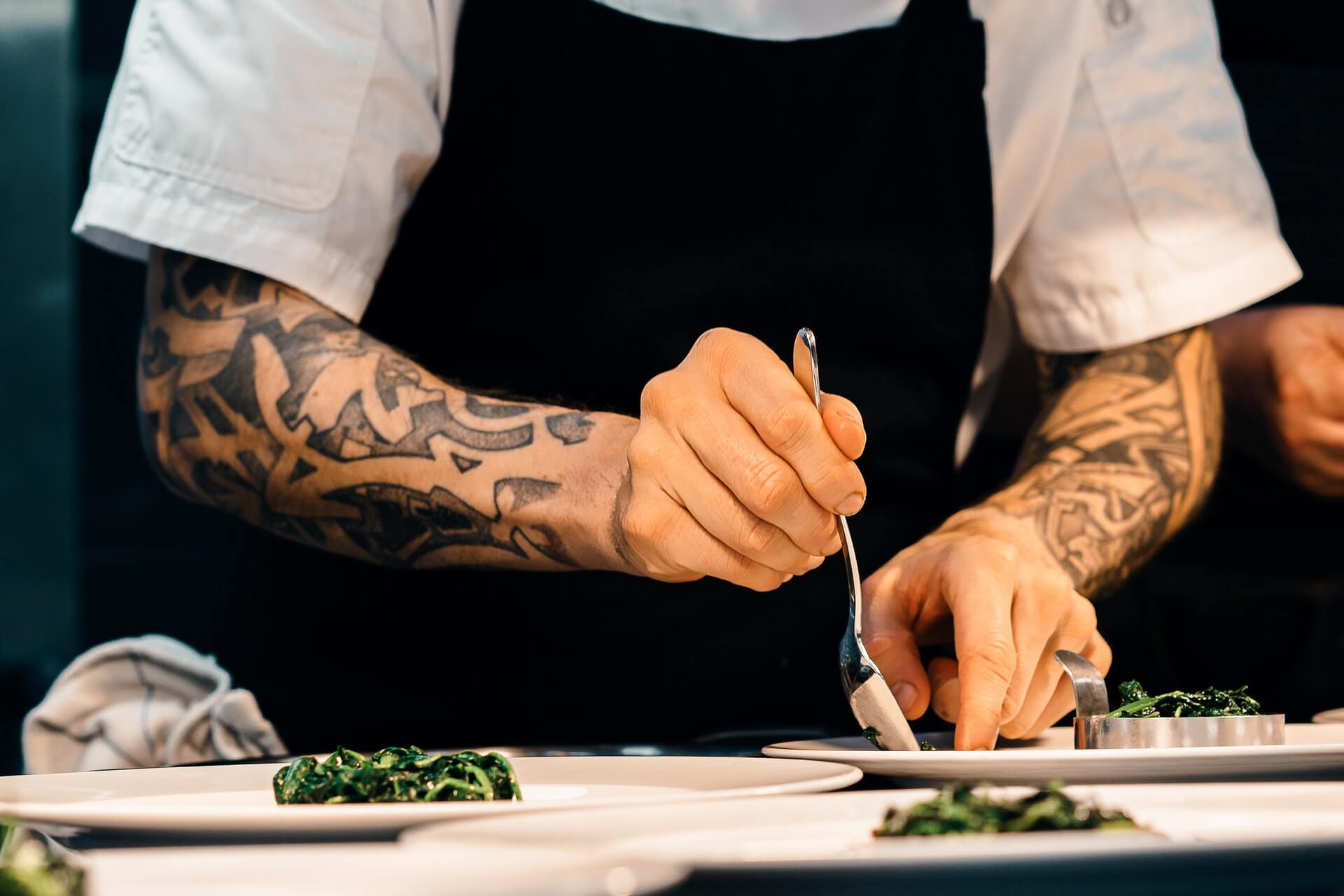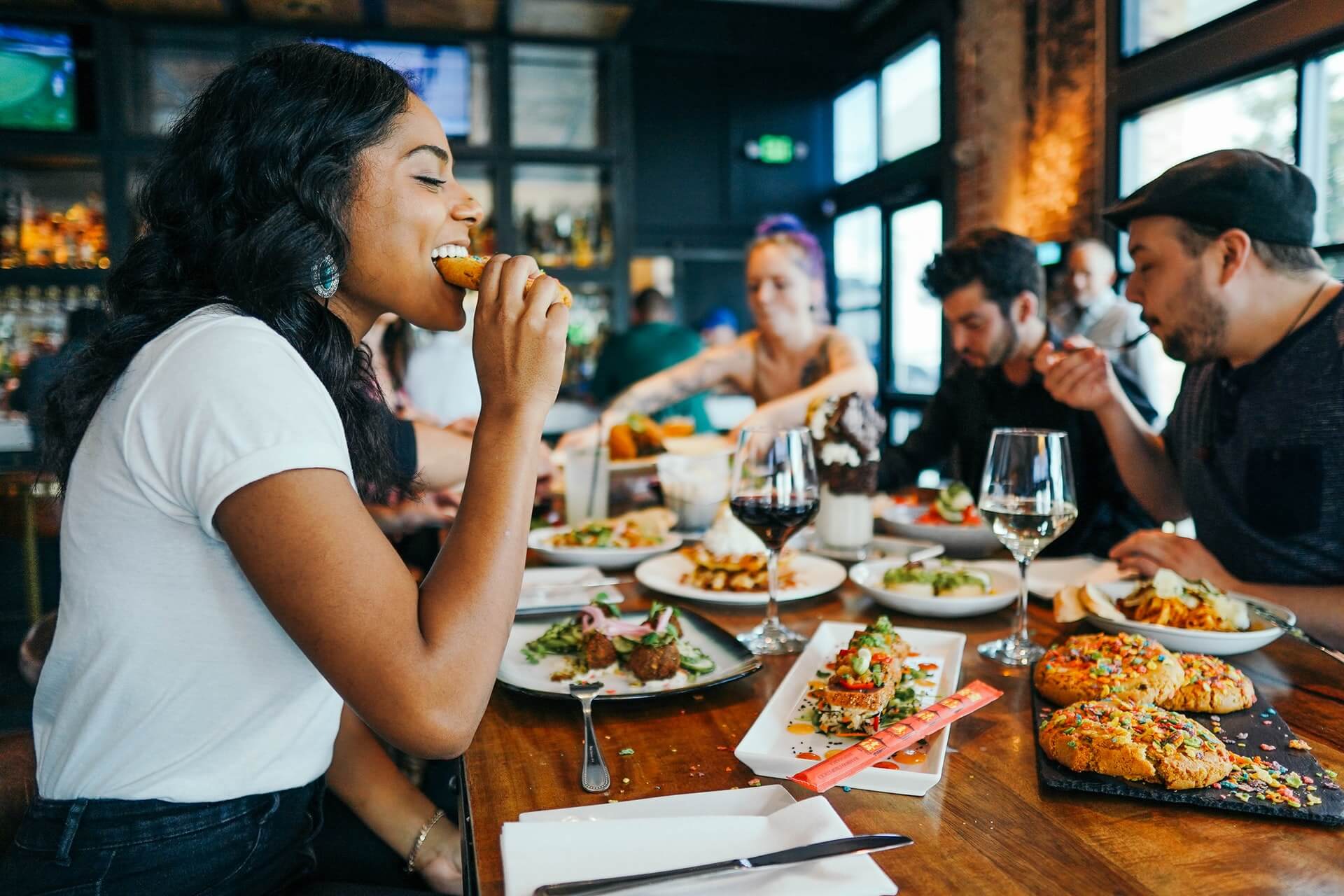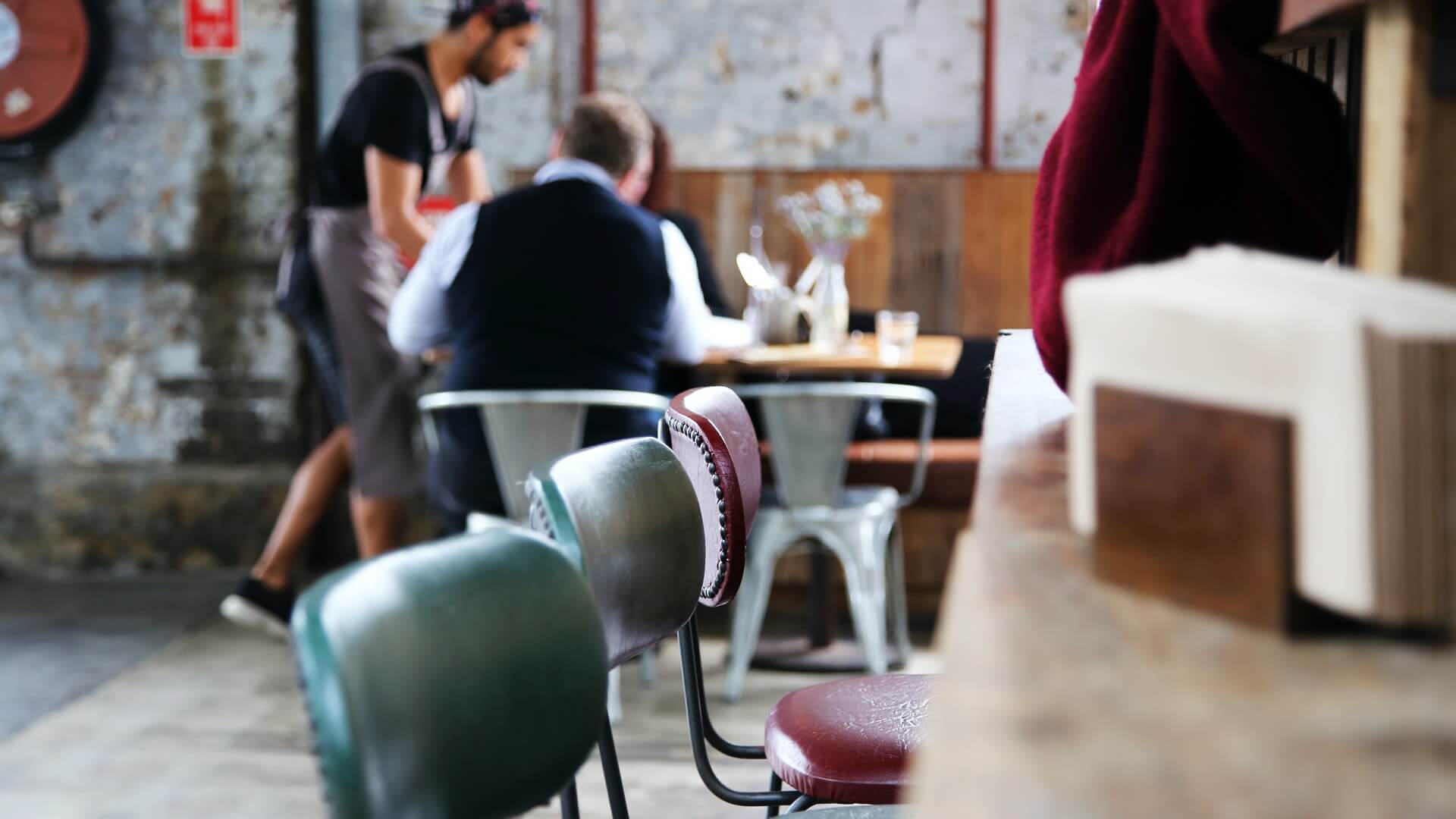Hiring Struggles? Engage These Age Groups
by David Klemt

Staff turnover rates are still above pre-pandemic levels and there’s no silver bullet solution. However, two companies have some helpful advice.
Both Service Management Group and Technomic shared their tips during Restaurant Leadership Conference. Interestingly, each company has a different approach to the current hospitality industry labor problem.
In short, both SMG and Technomic advise operators to engage with vastly different age groups. However, they each have information that supports their recommendations.
Service Management Group
Jennifer Grimes, senior vice president of client services for Service Management Group, co-presented a session with Jim Thompson, COO of Chicken Salad Chick.
SMG is a software-with-a-service platform that seeks to the employee, customer, and brand experience. One crucial element of the company’s mission is the reduction of staff turnover.
During the RLC session, Grimes shared several years of hospitality turnover rates:
- 2017: 72%
- 2018: 75%
- 2019: 79%
- 2020: 130%
- 2021: 86%
First, some context. The general consensus is that the industry’s average turnover rate has been between 70 and 80 percent for close to a decade. However, in comparison to other industries—10 to 15 percent—that’s stratospherically high.
Secondly, the turnover rate has been on rise since before the pandemic. Per some sources, the rate jumped from 66 percent in 2014 to 72 percent in 2015, a trend that continues to this day.
For SMG, the age group operators should seek to engage—generally speaking, of course—is 25 to 34 years old. Per the SWaS platform, this group was the most engaged pre-pandemic.
One reason for SMG’s suggestion is that Boomers appear to opting out of the workforce.
During the presentation by Grimes and Thompson, the latter shared that Chicken Salad Chick predicts the 2022 turnover rate to be just slightly above the 2019 rate.
Technomic
Unsurprisingly, Technomic had some numbers to share during RLC 2022 in Scottsdale, Arizona.
Per data provided by Joe Pawlak and Richard Shank, 70 percent of operators are still struggling with labor. Recruiting, hiring, and retaining staff doesn’t appear to be getting any easier four months into 2022.
Technomic also pointed out that the US saw the lowest population growth in its history last year: 0.1 percent.
Additionally, almost 17 percent of the country’s population is now at least 65 years old. In 2019, 48 percent of people 55 or older retired. That number is now just over 50 percent for the same age group.
Nearly seven million American consumers turn 60 each year, while four million turn 70 or older.
Logically, one may assume that Technomic is saying a significant portion of the US population is leaving the workforce. So, it’s best to focus on the same age group as SMG recommends.
However, Technomic is recommending a different strategy. Per Pawlak and Shank, retirees (mostly ages 55 and up) tend to have valuable managerial skills and experience.
Obviously, those skills and all that experience can be of great benefit to operators and our industry.
Certainly, all groups should be engaged by operators seeking to recruit, hire, and develop their teams. So, as KRG Hospitality sees recruitment, operators should craft targeted, authentic messaging that appeals to each age group.
Image: Sebastian Coman Photography from Pexels




